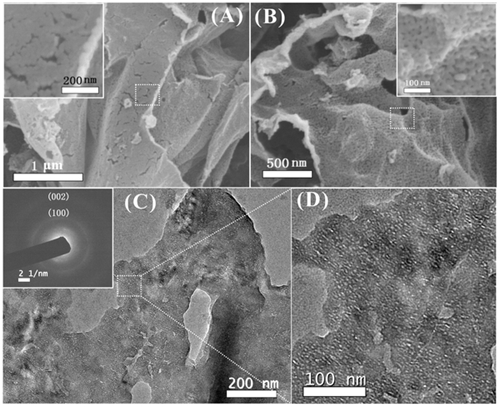2D graphitic carbon nitride (GCN) nanosheets have attracted tremendous attention in photocatalysis due to their many intriguing properties. However, the photocatalytic performance of GCN nanosheets is still restricted by the limited active sites and the serious aggregation during the photocatalytic process. Herein, a simple approach to produce holey GCN (HGCN) nanosheets with abundant in-plane holes by thermally treating bulk GCN (BGCN) under an NH3 atmosphere is reported. These formed in-plane holes not only endow GCN nanosheets with more exposed active edges and cross-plane diffusion channels that greatly speed up mass and photogenerated charge transfer, but also provide numerous boundaries and thus decrease the aggregation. Compared to BGCN, the resultant HGCN has a much higher specific surface area of 196 m2 g?1, together with an enlarged bandgap of 2.95 eV. In addition, the HGCN is demonstrated to be self-modified with carbon vacancies that make HGCN show much broader light absorption extending to the near-infrared region, a higher donor density, and remarkably longer lifetime of charge carriers. As such, HGCN has a much higher photocatalytic hydrogen production rate of nearly 20 times the rate of BGCN.
Advanced Functional Materials, 2015

A,B) Typical SEM and C,D) TEM images of HGCN nanosheets. The inset in panel (C) is the corresponding SAED pattern.

